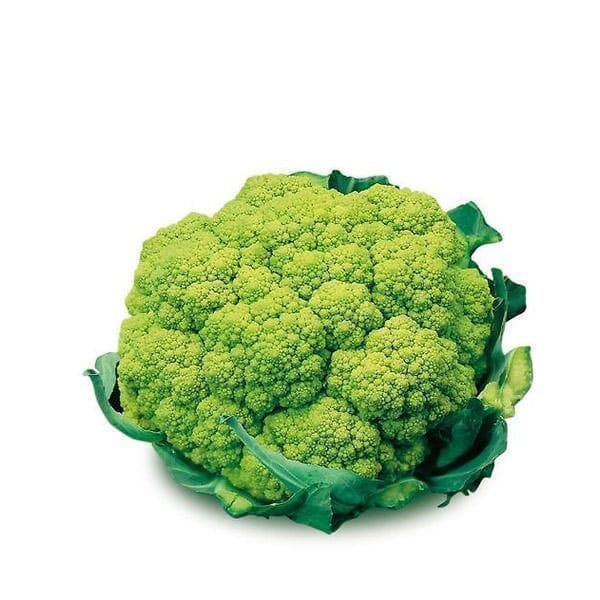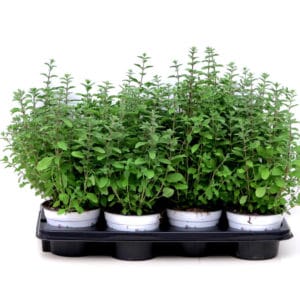Description
The Hybrid Green Cauliflower is a high-quality variety prized for its attractive green colour and nutritional content. It is generally a “macerated” type, meaning its leaves are less blistered than some varieties, and it produces a well-protected, dense head (curd).
Curd Quality: Produces a uniform, medium to large, compact head with moderate relief (not perfectly smooth like some white varieties).
Nutritional Value: Like all green cruciferous vegetables, it is rich in antioxidants and mineral salts, offering significant health benefits.
Flavour: The flavour is typically milder and sweeter than traditional white cauliflower, making it appealing in many dishes.
Culinary Use: Extremely versatile: excellent simply boiled and dressed, but also roasted, in pastella (battered and fried), gratinated (al forno), in soups, or blended into creamy sauces.
Growing Guide: Cauliflower is a classic cool-season crop, requiring consistent moisture and cool temperatures to form the head (curd). It is perfectly suited for cultivation during the Maltese winter.
When to Plant: Cauliflower needs a long, cool period to mature. Transplanting seedlings should occur from Late August through January. This allows the plant to grow throughout the autumn and mature its head during the cooler, damper winter months (November–February).
Location/Sun: Requires a position in full sun.Soil: Needs very fertile, well-drained soil that is rich in organic matter. Soil pH should ideally be neutral ($6.7–7.0$). Avoid planting in acidic or saline soils.
Spacing: Cauliflower requires substantial room to grow its large foliage:
In-row spacing: 50–80 cm (20–32 inches) between plants.
Row spacing: 60–100 cm (24–40 inches) between rows.
Transplanting: Plant only the root cube, avoiding burying the collar (the stem base), which can lead to rot.
Watering: Consistent moisture is crucial. The plant requires good soil moisture throughout its entire 100-110 day cycle. Inconsistent watering or drought can cause the head to develop poorly (small or “ricey”). Drip irrigation is highly recommended to keep the foliage dry and reduce fungal problems.
Feeding: Cauliflower is a heavy feeder. It needs generous fertilization, especially nitrogen during the leafy growth stage, followed by phosphorus and potassium for head development. Avoid applying fresh manure or organic fertilizers immediately before the autumn/winter period to prevent excessive nitrate accumulation.
Harvesting: The head is ready when it is large, firm, and compact. If the temperature gets too warm, the curd may start to loosen or “flower.” Harvest promptly by cutting the head, leaving a few protective leaves attached.






